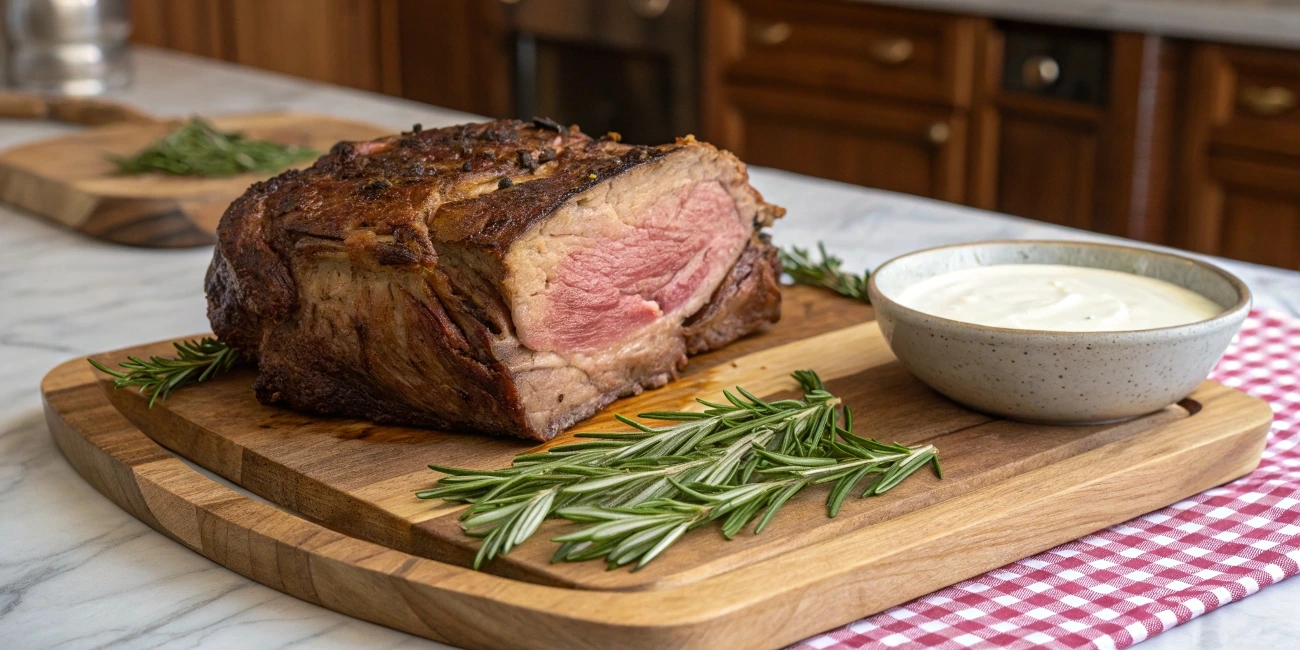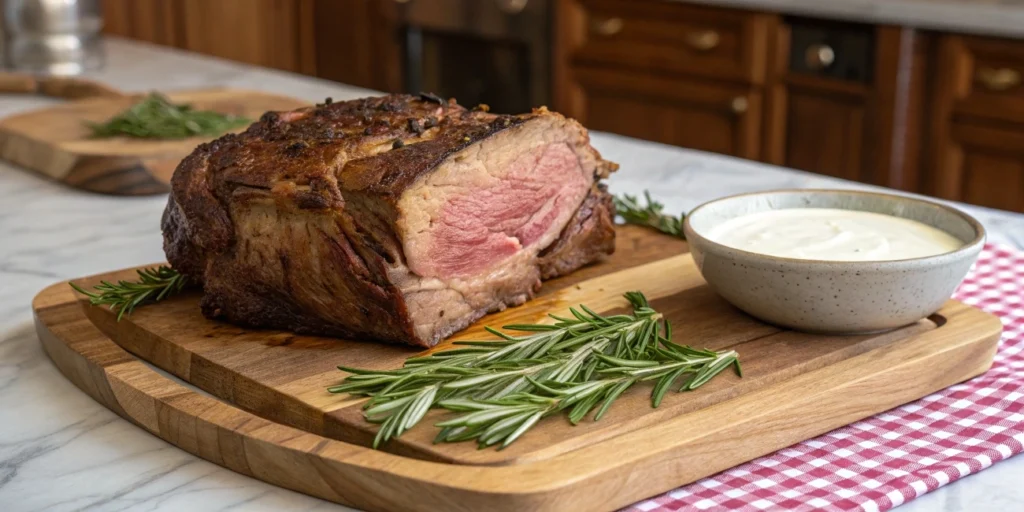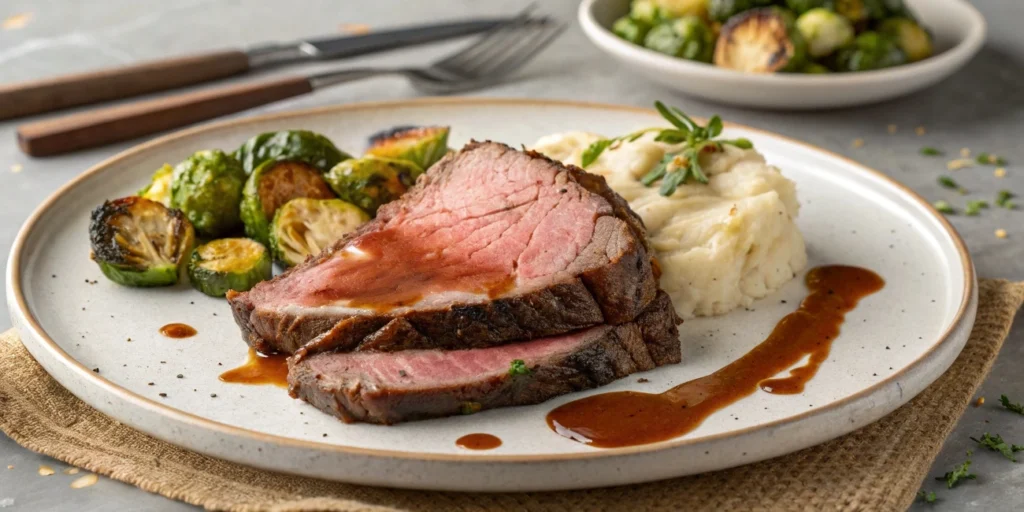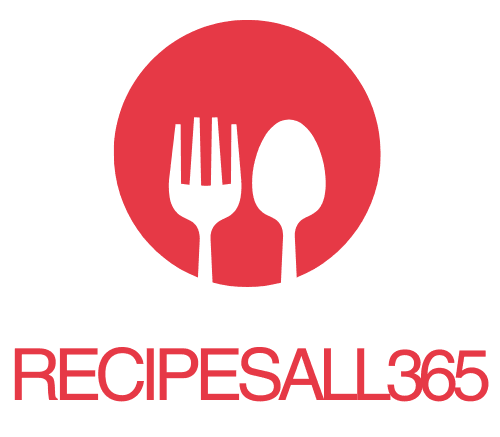

Prime rib isn’t just a meal—it’s a statement. Whether you’re celebrating the holidays or hosting a special dinner, there’s nothing quite as impressive as a beautifully cooked prime rib. Among the countless recipes available, Chef John’s Perfect Prime Rib stands out as a foolproof masterpiece. Why? It combines simplicity, precision, and mouthwatering results, all while making you feel like a seasoned chef.
This article will guide you through everything you need to know about creating Chef John’s Perfect Prime Rib. From selecting the perfect cut and understanding the “mathematical method” to troubleshooting common mistakes and mastering the art of carving, we’ve got you covered. Let’s dive in and uncover the secrets to culinary perfection.
Table of Contents
Introduction to Chef John’s Perfect Prime Rib
Who is Chef John?
Chef John, the mastermind behind Food Wishes, is a culinary expert known for making gourmet recipes accessible to everyone. With years of experience and a knack for breaking down complex techniques into simple steps, he’s won the hearts of millions of home cooks. His perfect prime rib recipe embodies everything he stands for—simplicity, precision, and unbeatable flavor.
Why This Recipe Stands Out
What makes this recipe so special? For starters, Chef John’s innovative “500-degree rule” is nothing short of genius. This method ensures even cooking, a luscious pink center, and a crust that’s bursting with flavor. Unlike traditional methods, this approach minimizes guesswork and delivers consistently spectacular results.
Additionally, the recipe uses everyday ingredients like butter, herbes de Provence, and kosher salt to amplify the natural richness of the beef. It’s proof that you don’t need fancy tools or exotic spices to create a masterpiece.
Overview of the “Mathematical Method”
The crown jewel of Chef John’s recipe is his “mathematical method”. Here’s how it works: you roast the beef at a high temperature—500°F—for precisely 5 minutes per pound. Then, you turn off the oven and let the roast sit undisturbed for two hours. The result? A perfectly cooked prime rib with minimal effort. This technique takes the stress out of roasting and makes you look like a pro.
Ingredients and Preparations

Essential Ingredients for Success
Creating Chef John’s Perfect Prime Rib starts with quality ingredients. For this recipe, you’ll need a prime rib roast, unsalted butter, kosher salt, freshly ground black pepper, and a sprinkling of herbes de Provence. These basics come together to enhance the rich, beefy flavor of the roast without overpowering it. A 4-8 pound bone-in prime rib is ideal for this method, ensuring even cooking and a perfect balance of fat and meat.
When gathering ingredients, remember that quality matters. Use fresh spices and ensure your butter is at room temperature for easy application. Don’t forget a meat thermometer—it’s an essential tool for precision cooking.
Selecting the Right Prime Rib
Choosing the right cut is critical for achieving success with Chef John’s Perfect Prime Rib. Opt for a prime grade rib if your budget allows; this guarantees marbling and tenderness. For a smaller gathering, a 4-pound roast works well, while an 8-pound cut is perfect for larger occasions. Bone-in options add flavor and help retain moisture during cooking.
When shopping, look for roasts with a bright red hue and minimal surface moisture. Avoid cuts with excessive gristle or grayish tones, as these indicate lower quality or aging issues.
Preparation Steps
Proper preparation sets the foundation for culinary triumph. Begin by patting the roast dry with paper towels—this helps the butter and seasoning adhere. Generously coat the roast with softened butter, followed by a mix of kosher salt, pepper, and herbes de Provence. Be sure to season all sides evenly.
Let the roast sit at room temperature for 1-2 hours before cooking. This step ensures the meat cooks evenly throughout. For more preparation tips and complementary dishes, consider exploring related recipes like Chicken Pot Pie.
Step-by-Step Cooking Instructions
The 500-Degree Rule Explained
At the heart of Chef John’s Perfect Prime Rib lies the “500-degree rule.” This innovative technique involves roasting the meat at 500°F for precisely 5 minutes per pound. After this initial blast of heat, the oven is turned off, and the roast remains inside for two hours without opening the door. This method ensures a perfect crust and a juicy, evenly cooked interior.
Maintaining Oven Precision
Oven accuracy is key. Before starting, confirm your oven’s temperature settings with an oven thermometer. During the two-hour resting phase, resist the urge to open the oven door—this can release heat and disrupt the cooking process. The roast continues cooking through residual heat, guaranteeing consistent results.
Tips for Ensuring a Perfect Medium-Rare
To achieve the coveted medium-rare finish, target an internal temperature of 130°F. Use a meat thermometer to check the roast’s center before serving. If you prefer your meat more well-done, leave it in the oven for an additional 15-20 minutes before carving.
Common Mistakes and Troubleshooting
Avoiding Overcooking
One of the biggest fears when preparing Chef John’s Perfect Prime Rib is overcooking the meat. Overcooking typically occurs when the oven door is opened during the resting phase or when the roast is left in the oven for too long. To avoid this, trust the mathematical method. Resist the temptation to check on the roast too early.
Additionally, always use a meat thermometer to confirm the internal temperature before serving. A temperature of 130°F is ideal for medium-rare, ensuring a tender and juicy roast.
Handling Uneven Cooking
Uneven cooking can result from variations in the roast’s thickness or improper oven settings. To address this, select a well-trimmed roast with consistent thickness throughout. Place the roast on a sturdy roasting rack to elevate it and allow for even heat circulation.
If your oven tends to have hot spots, rotate the pan during the initial cooking phase (but only if absolutely necessary). This small adjustment ensures that all sides cook evenly.
Adjusting for Larger or Smaller Roasts
Chef John’s method is flexible enough to accommodate roasts of different sizes. For larger roasts, consider extending the resting period slightly to allow the heat to distribute evenly. Conversely, for smaller roasts, the 500-degree rule remains accurate—just ensure the oven stays sealed for the full two hours.
For more tips on troubleshooting classic recipes, explore related dishes like Old-Fashioned Salmon Patties.
Serving and Pairing Suggestions

Carving the Prime Rib
Once your Chef John’s Perfect Prime Rib has rested, it’s time to carve. Use a sharp carving knife and slice against the grain to ensure tender, easy-to-eat portions. Start by trimming away any excess fat or crusty edges (though many love those for their concentrated flavor). Aim for slices about half an inch thick, which strike the perfect balance of flavor and texture.
Accompaniments to Elevate Your Meal
A prime rib dinner is incomplete without the right side dishes. Pair your roast with classic accompaniments like creamy mashed potatoes, roasted Brussels sprouts, or a tangy horseradish cream sauce. For an elegant touch, add a richpepper sauce reduction to enhance the beef’s natural flavors.
If you’re looking for additional recipes to complement your meal, consider browsing our collection of dishes like Chantilly Cake for dessert.
Storing Leftovers
Prime rib leftovers are a gift that keeps on giving. To preserve their freshness, store slices in an airtight container and refrigerate promptly. When reheating, wrap the meat in foil and heat gently in the oven at 250°F to avoid drying it out. Alternatively, use the leftovers for a hearty sandwich or stir into a savory beef stew.
Chef John’s Tips and Variations
Alternative Seasoning Blends
While the original recipe for Chef John’s Perfect Prime Rib focuses on simplicity, there’s room to experiment with seasoning blends. Swap out herbes de Provence for garlic powder, smoked paprika, or even a steak seasoning mix for a slightly bolder flavor. Love a hint of spice? Add cayenne or chili powder to the mix for a zesty kick. The butter base makes these variations easy to apply and enhances the roast’s crust.
Chef John’s Insights for Beginners
For first-timers, Chef John emphasizes the importance of preparation and patience. He recommends using a reliable meat thermometer and carefully calculating the cooking time based on the roast’s weight. Beginners should also stick closely to the 500-degree rule, as it removes much of the guesswork. Most importantly, Chef John encourages cooks to trust the process and avoid peeking into the oven during the crucial resting period.
Creative Leftover Ideas
Leftovers from Chef John’s Perfect Prime Rib open the door to endless possibilities. Thinly sliced meat transforms into gourmet sandwiches with a smear of horseradish sauce. Diced prime rib can elevate a simple vegetable soup, or try tossing chunks into a creamy pasta dish. For a hearty breakfast, pair slices with scrambled eggs and hash browns for a satisfying start to the day.
FAQs About Prime Rib
Is it better to cook prime rib at 325 or 350?
Cooking prime rib at a lower temperature like 325°F allows for gradual, even cooking but can take longer. Chef John’s method, however, uses an initial high heat of 500°F to seal in juices and create a flavorful crust. This approach eliminates the need for constant monitoring and delivers consistently excellent results.
What is the 500 rule for prime rib?
The 500 rule is the cornerstone of Chef John’s Perfect Prime Rib. This technique involves roasting the meat at 500°F for 5 minutes per pound, then turning off the oven and leaving the roast undisturbed for two hours. The residual heat continues to cook the meat, resulting in a tender and evenly cooked interior with minimal effort.
What is the most important thing to do before roasting a prime rib roast?
The key to success lies in preparation. Letting the roast sit at room temperature for 1-2 hours ensures even cooking. Proper seasoning, using softened butter and a blend of kosher salt, pepper, and herbs, creates a flavorful crust. Finally, preheating the oven to exactly 500°F is essential for this method to work.
Is it better to use olive oil or butter on prime rib?
Butter is the preferred choice for Chef John’s Perfect Prime Rib. Its richness enhances the beef’s natural flavor and helps create a golden, crispy crust. Olive oil can be used as a substitute, but it lacks the creamy texture and savory depth that butter provides.
The Science Behind the Method
How the 500 Rule Works
The brilliance of Chef John’s Perfect Prime Rib lies in its use of the 500-degree rule. By roasting the meat at a high temperature of 500°F for 5 minutes per pound, the method ensures that the exterior develops a crisp, flavorful crust. Then, the residual heat in the sealed oven slowly cooks the roast to perfection without overexposing it to direct heat. This technique harnesses the principles of convection and heat retention, simplifying the process while delivering reliable results.
Why Resting Is Crucial
Resting the roast after cooking is a step you cannot skip. During the resting phase, the juices redistribute evenly throughout the meat, preventing them from spilling out when the roast is carved. This process also allows the internal temperature to stabilize, ensuring that the center remains tender and juicy. Skipping this step can lead to uneven cooking or a dry texture, even when the method is otherwise followed correctly.
Exploring Variations for Cooking Environments
Adapting Chef John’s Perfect Prime Rib to your kitchen setup is easier than you think. In convection ovens, the fan circulates heat more evenly, which may slightly reduce the resting time. For those cooking at high altitudes, a slight increase in the roasting time per pound helps compensate for thinner air and reduced heat retention. Regardless of your setup, the key is to trust the method and use a meat thermometer to confirm the results.
Conclusion and Final Thoughts
Why This Recipe is Worth Trying
When it comes to creating a showstopping centerpiece for your dinner table, Chef John’s Perfect Prime Rib is hard to beat. Its innovative cooking method takes the guesswork out of preparing this classic dish, offering consistent, mouthwatering results every time. With its tender interior and flavorful crust, this prime rib recipe proves that gourmet cooking doesn’t have to be complicated.
Invitation to Share Your Experience
We hope this guide inspires you to try Chef John’s Perfect Prime Rib in your own kitchen. Once you’ve mastered the recipe, feel free to get creative with seasoning blends or explore pairing ideas to make the meal truly your own. Have you tried this method before? Share your experience and tips in the comments below—we’d love to hear from you!
